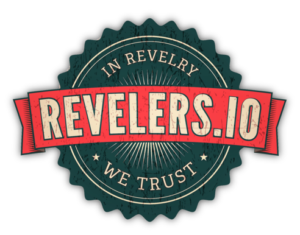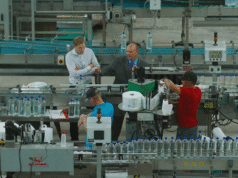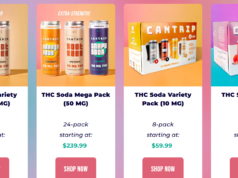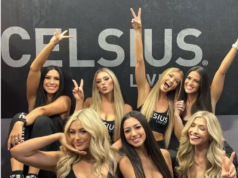Aged Five Seconds to Perfection (Esquire Magazine)
Pabst outwitted the government’s liquor laws to create a whiskey that’s literally “aged five seconds.”
Brings New Meaning to a “Beer and a Shot.”
In 1844, a German immigrant named Jacob Best made his way to Milwaukee to brew beer with his sons. Together they opened the Empire Brewery, which would eventually come to be known as the Pabst Brewing Co. One-hundred-and-seventy-five years later, Best’s legacy is going strong, courtesy of hipsters, lager lovers, and value seekers alike who have made Pabst Blue Ribbon as unmistakably all-American as the red-white-and-blue colors on its can.
A quartoseptennial is no small feat, and the brand has found all manner of creative ways to mark the occasion, from launching its first low-calorie beer, PBR Easy, to getting drinks in the hands of furloughed government workers during President Trump’s shutdown tantrum.
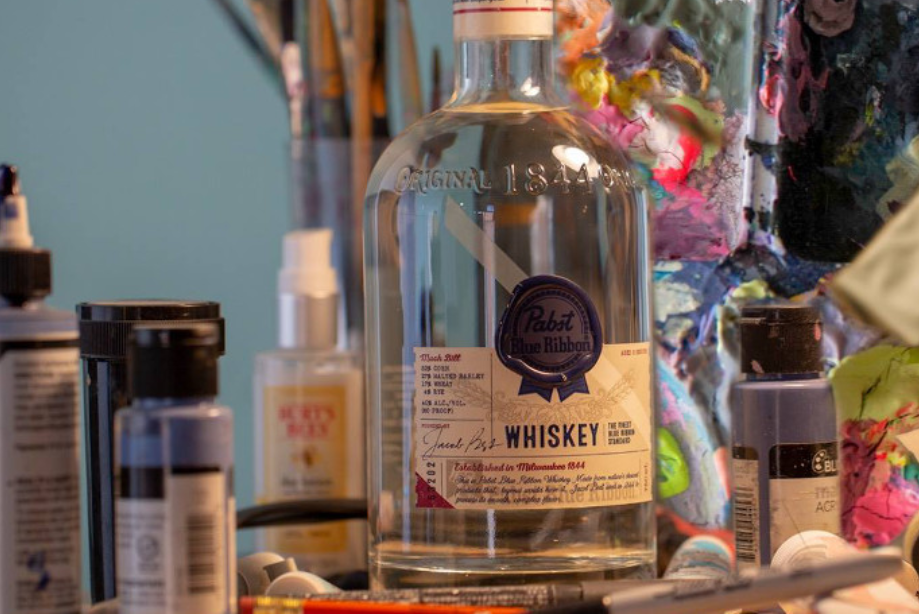
And thanks to some clever sleuthing by MiBiz, who reported on the brand’s label registration with the Alcohol and Tobacco Tax and Trade Bureau (or TTB), the world got an early preview of the next big thing for PBR: Pabst Blue Ribbon Whiskey, the brand’s very first spirit, and a nod to its founder’s early dabbling with the whiskey still. Notably 80-proof and “aged 5 seconds,” Pabst Blue Ribbon Whiskey is being produced in collaboration with New Holland Brewing Co., just across Lake Michigan opposite from where Jacob Best and his family first set up shop all those years ago.
Esquire talked to Matt Bruhn, the general manager of Pabst, to discuss carrying on the brand’s legacy, five-second aging, and how we should all drink PBR Whiskey.
Registering the label caused a bigger buzz than expected.
It’s pretty… it’s gone viral. We just registered the labels, and now we’re trying to catch our tails. A whole bunch of whiskey people have gone crazy about it.
The spirit is inspired by a whiskey that Jacob Best himself was making.
Jacob was famous for beer, not famous for his style of whiskey. We asked ourselves, “What would be a great whiskey today, but also have some connection to the past?” The first thing is, he wouldn’t have the access or the desire to put whiskey in barrels.
The goal was to create a whiskey with no aging.
I feel like in whiskey there’s this superiority complex where, you know, the only good whiskey is aged. But that doesn’t apply to every other spirit, like rum, for example. Aged whiskey is not what Jacob would have done, so let’s make a killer, off-the-still liquid.
But that caused them trouble with the TTB.
We wanted to launch this as a whiskey, because that’s what it is. But the TTB wouldn’t approve it, because it’s un-aged, right? You’ve got to call it a moonshine. I’m not calling it moonshine; it is not that, it is a crafted whiskey. They’re like, “You need to age it.” I go, “For how long?” And they went, “No determined amount of time. If it touches wood, it’s a whiskey.” We literally aged it in a barrel for five seconds so we have the ability to call it what it is, which is whiskey.
PBR even created a special setup to control the process.
There’s a barrel set up, and the flow rate’s set for the speed at which [the whiskey] flows through; it has five contact seconds with the barrel, and it comes out the other side and we bottle it.
Calling it a “white whiskey” was off the table.
It’s crazy, some of the laws you contend with from the TTB. We were trying to call it a white whiskey, and they were like, “Well, you can’t call it a white whiskey, but you can call it whiskey.” And I said, okay, we’ll just call it a whiskey that people see as clear. So it’s a clear whiskey? I don’t know!
The mash bill is made of ingredients Best would have had access to in 1844.
He would have been picking up the crop that comes from the field, so it’s not going to be a perfect corn and wheat blend, it’s going to be a bunch of other stuff that would have basically fallen into the mash. That’s why ours has got oats in it, because that’s the crops he would have got. We started playing with how you get an off-the-still spirit with some filtration, that, in our words, had the character of whiskey but the drinkability of vodka.
It’s not a sipping whiskey, but it’s perfect for cocktails.
You can shoot it—it’s got some kick to it, obviously, because it’s un-aged. But it’s also really good in a mixed drink. Like it makes a killer Old Fashioned, because the strength cuts really well through the sugar. We’re not talking about Pappy here, we’re talking about a totally drinkable jug of share-with-friends-while-you-have-a-good-time whiskey.
Partnering with New Holland Brewing Co. was a natural fit.
Years ago Pabst—the company, not PBR—entered into a partnership with New Holland to distribute their beer. And then, we got to know them and their distilling expertise. I really like their work. They’re Midwestern, so they get access to the ingredients that we would have had access to back in the day. They do a really amazing beer barrel bourbon, it’s delicious. They’re a great distillery, and they’re in the right place, in a geographic sense, to be consistent with the legacy of the brand.
Pabst Blue Ribbon Whiskey should hit shelves this summer.
All things being equal, [it will be available] summer-ish time. We’re just working through all the back ends. So, yeah, summer-ish.
Pricing is set to be “affordable.”
We’re an affordable product, so it’s going to be affordable. It’s not going to be dirt cheap, to be clear. We don’t see ourselves a filthy cheap brand, we see ourselves as an affordably cool brand. It’s a good value.
It may not be the last surprise we see from PBR.
PBR as a brand is all about a rebirth, a return. We’ve got a real determination for the Pabst Blue Ribbon brand to continue to evolve itself. We started with whiskey, and we ended with whiskey, but in the future that might not be the only thing we do.
Read more including video at Esquire.com
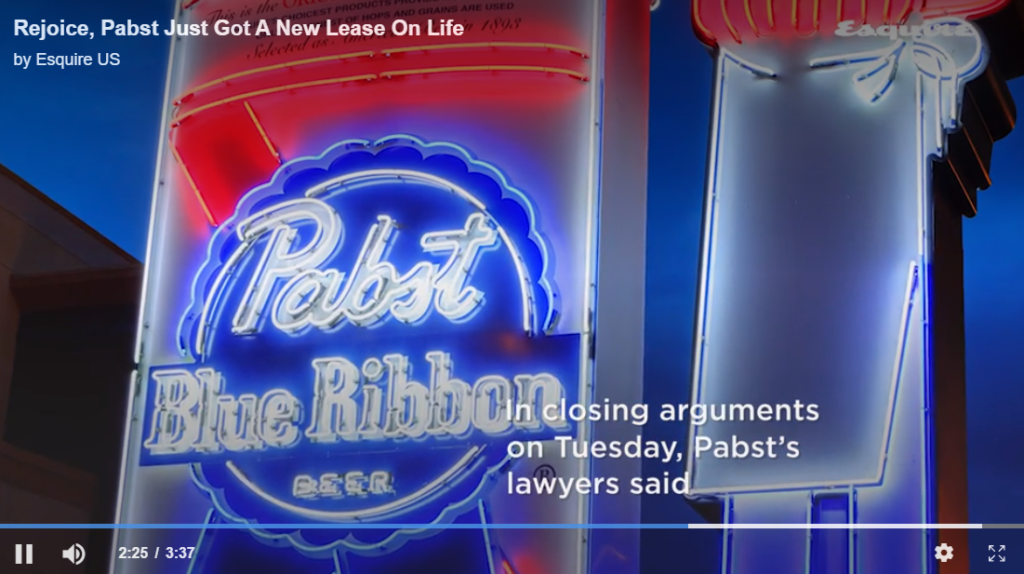
Photo via Pabst Blue Ribbon on Facebook
